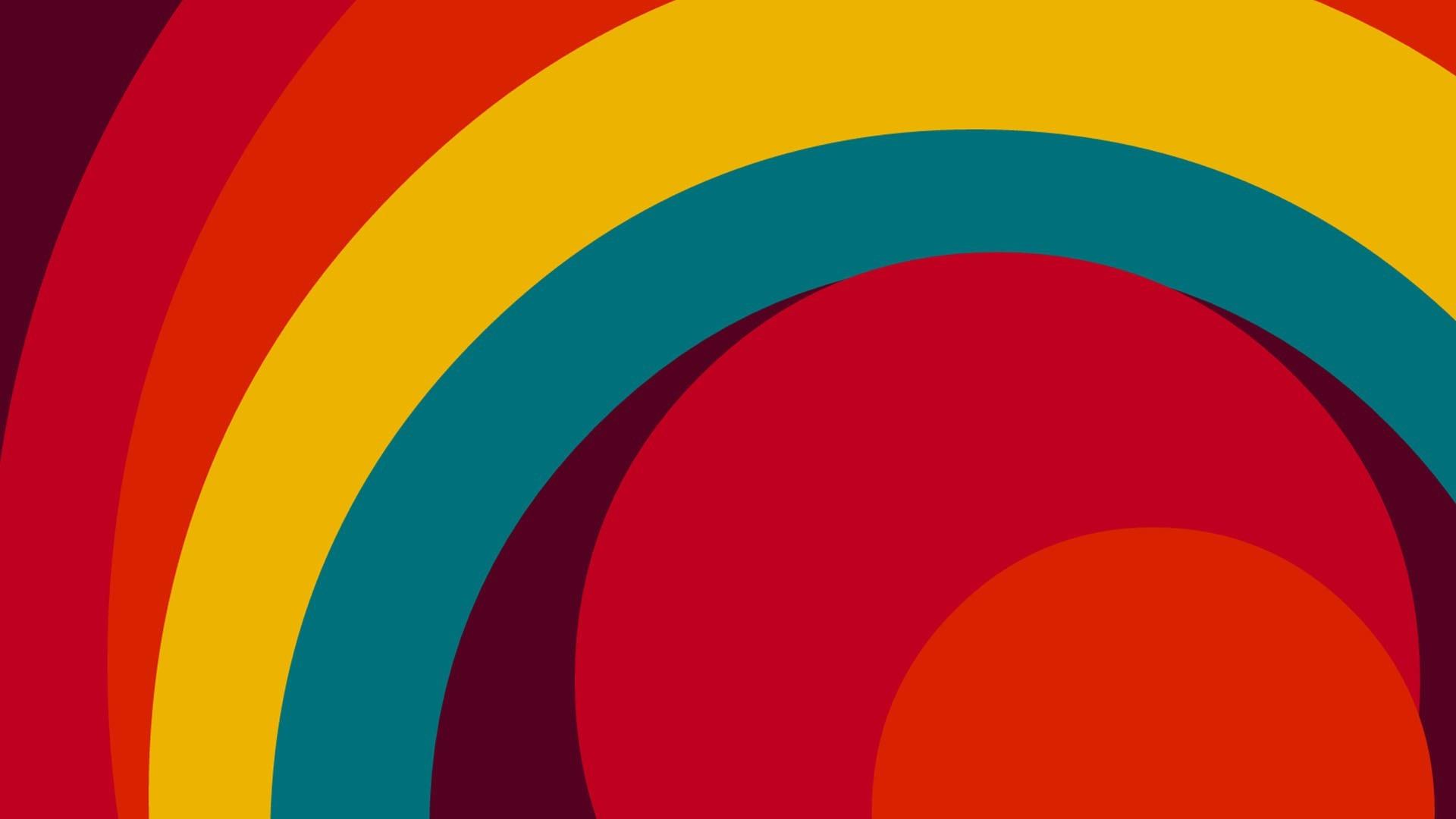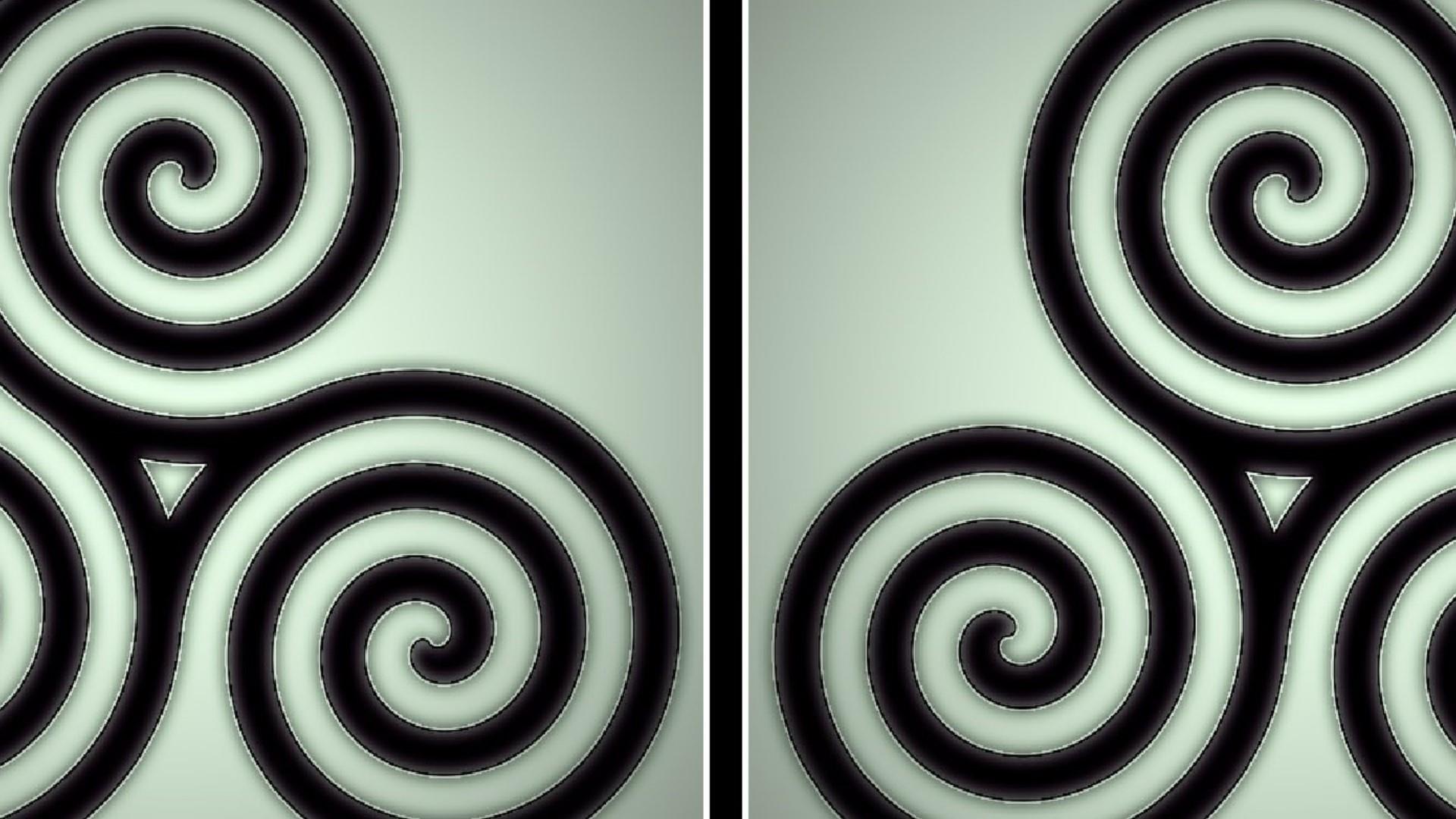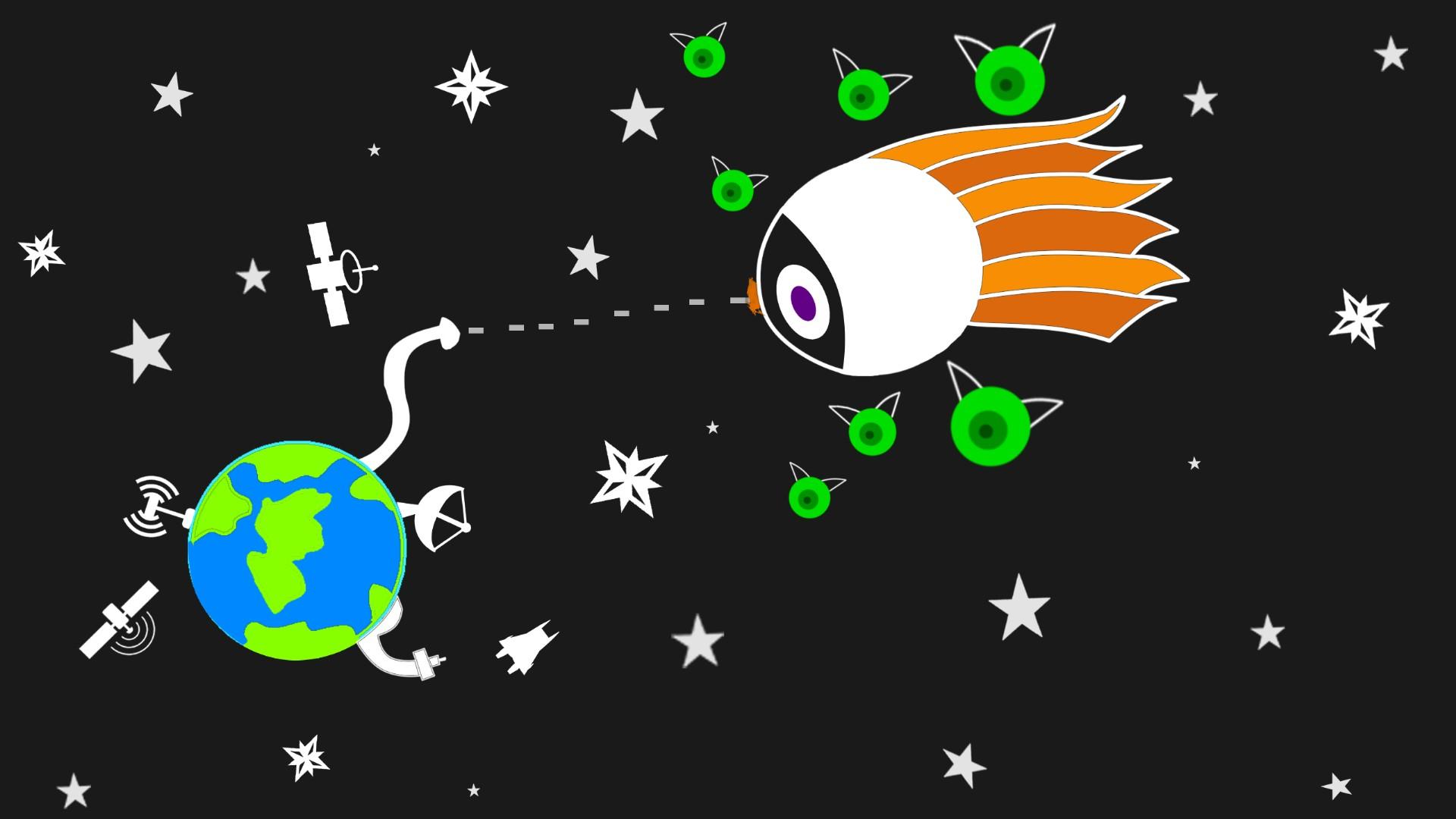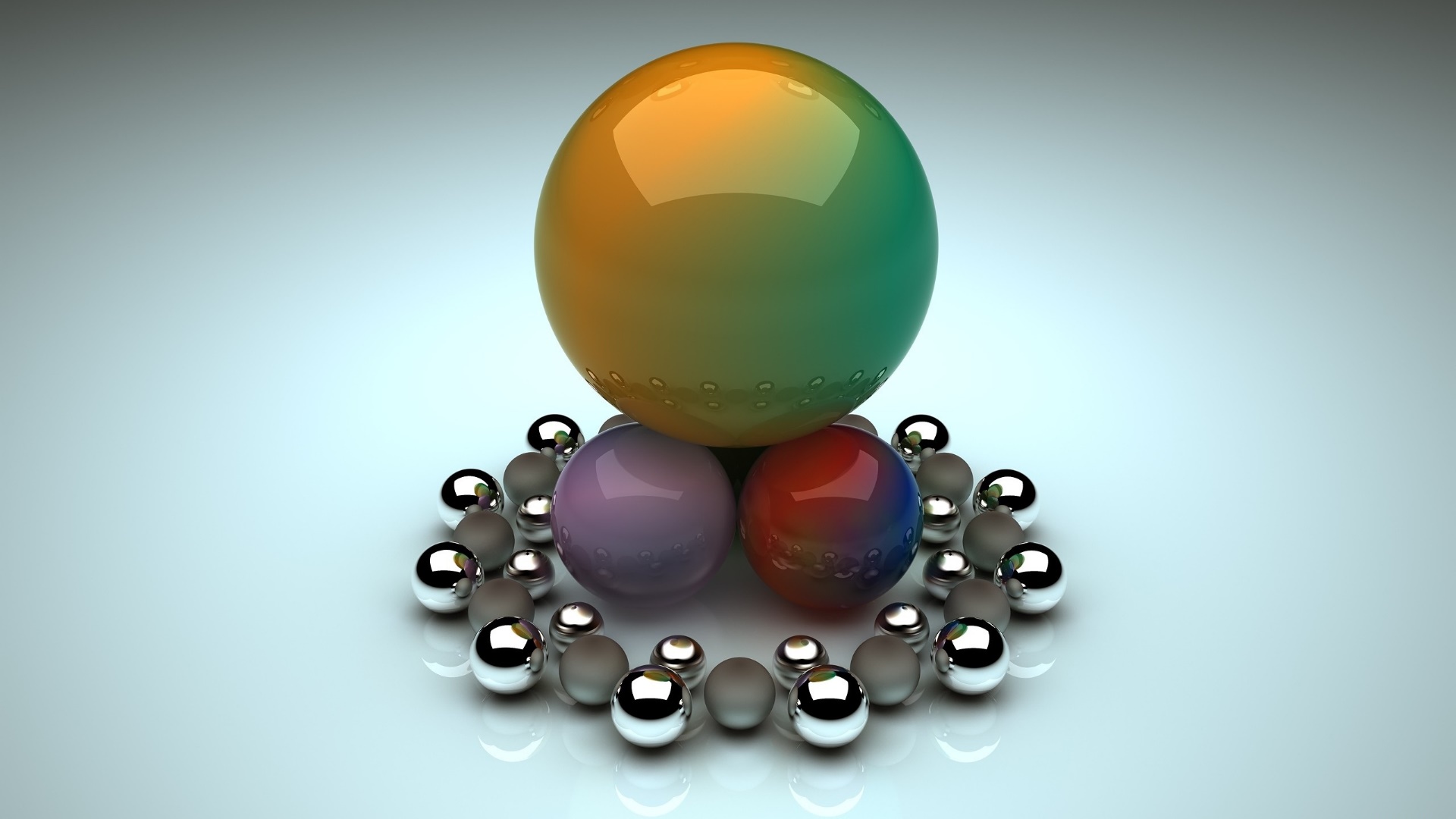
What on Earth is a Fax Number? A Guide to the Tech That Refuses to Disappear
A fax number is a unique telephone number assigned to a fax machine. It operates on the same telephone network as a regular phone number, but instead of connecting two people for a voice call, it connects two fax machines to transmit and receive documents.
It's a Thursday morning here in digital-first Indonesia. You’re setting up a new business, filling out an official government form, or perhaps dealing with a doctor's office or a law firm. You’re breezing through the fields—Name, Address, Email, Phone Number—and then you hit a roadblock. You see a field that feels like a relic from a bygone era, a ghost of offices past: "Fax Number."
A wave of confusion washes over you. "Is it 2025 or 1995?" you might ask yourself. "Do people still use these?"
What exactly is a fax number, and why, in an age of instant messaging, cloud storage, and email, does this seemingly ancient piece of technology still have a pulse? Let's dial in and demystify the fax number and its surprisingly stubborn persistence in our modern world.
How Does It Actually Work? The Screeching Symphony of a Fax
To understand the fax number, you have to understand the machine it connects to: the fax machine. The word "fax" is short for facsimile, which means "make a copy." That’s exactly what the machine does: it sends a copy of a physical document over a telephone line.
The process is a masterpiece of 20th-century engineering:
-
Scanning: You feed a piece of paper into the sending fax machine. A scanner inside reads the document, converting the dark and light areas into a digital map, or bitmap.
-
Dialing: You pick up the handset and dial the recipient's fax number. This is a standard telephone number, and your machine makes a literal phone call.
-
The Handshake: The fax machine on the other end "answers" the call. This is where the famous screeching and beeping symphony begins. That noise is called the "handshake." The two machines are communicating, negotiating the terms of their connection, agreeing on a transmission speed, and confirming they are both fax machines ready to talk.
-
Transmitting: Once they agree, your machine starts sending the document's bitmap data as a series of audio tones over the phone line—a bit like high-speed morse code for images.
-
Receiving and Printing: The receiving machine listens to these tones, decodes them back into the original bitmap image, and then prints out a physical copy—a facsimile—of your document.
So, a fax number is crucial because the entire process is fundamentally a phone call between two specialized, document-talking robots.
The Anatomy of a Fax Number
One of the most confusing things about a fax number is that it looks exactly like a regular phone number. There's no special prefix or format to distinguish it. Just like a phone number, it has:
-
A Country Code (e.g., +1 for the U.S., +44 for the U.K., +62 for Indonesia)
-
An Area or City Code (e.g., 310 for Los Angeles, 21 for Jakarta)
-
A Local Subscriber Number
Because they are indistinguishable, businesses will almost always label them clearly, for example: Tel: (021) 555-1234 | Fax: (021) 555-5678.
In some cases, a single business line can be equipped with a smart switch that detects the type of call. If it hears the high-pitched tones of a fax machine, it routes the call to the fax; if it hears a human voice, it rings the phone.
The Evolution: Faxing in the Cloud ☁️
For a long time, the biggest barrier to faxing was the machine itself—a bulky, paper-jamming, ink-guzzling piece of hardware that required its own dedicated phone line. The evolution that has kept faxing relevant is the online fax service.
Online or "internet" faxing completely removes the physical machine from the equation. Here’s how it works:
-
Sending: You subscribe to a service and are assigned a virtual fax number. To send a fax, you simply compose an email, attach your document (like a PDF or Word file), and send it to a special address, like
[email protected]. The service receives your email, translates your digital file into the language of fax tones, and makes the phone call to the recipient's traditional fax machine. -
Receiving: Someone dials your virtual fax number from their old-school fax machine. The online fax service answers the call on its servers, receives the transmission, converts the fax back into a digital file (usually a PDF), and forwards it to your email inbox.
Suddenly, your email account is a fully functional fax machine, capable of communicating with the millions of legacy machines still operating around the world.
Why Hasn't Faxing Died? The Stubborn Persistence of an Old Tech
This is the big question. In a world of instant digital everything, why do we still need to mimic a 1980s office machine?
1. Security and Legality
This is the number one reason. When you send a fax, you are creating a direct, point-to-point connection over the secure, closed telephone network. An email, by contrast, hops through multiple servers on the open internet, making it theoretically more vulnerable to interception. For this reason, industries that handle highly sensitive data—like healthcare (HIPAA compliance in the US), law, and finance—still rely heavily on faxing. Furthermore, a fax transmission that generates a confirmation page is often considered a legally binding document with proof of receipt, which can be more difficult to dispute than an email.
2. Institutional Inertia
Many large government agencies and corporations built their entire document workflows around faxing decades ago. The cost, time, and logistical nightmare of retraining millions of employees and overhauling these deeply entrenched systems is immense. For many, the attitude is "if it ain't broke, don't fix it."
3. The Digital Divide
Not every person or business is comfortable with digital signatures, secure portals, and encrypted file transfers. The fax machine is a relatively simple and universally understood technology that works on any basic phone line, making it accessible to those who are less tech-savvy or who have limited internet access.
The Bottom Line
So, what is a fax number? It’s the address for a technology that acts as a bridge between our physical and digital worlds. It’s the phone number for a document, not a person.
While it may seem like a comical relic, the fax has survived by adapting (thanks to online services) and by maintaining its stronghold in sectors where security and legal validity are paramount. So, the next time you see that "Fax Number" field on a form, don't scoff. Instead, give a little nod to the stubborn, screeching technology that has found a way to stay relevant in our hyper-digital world. It's a living fossil of the business world, and it's here to stay.









